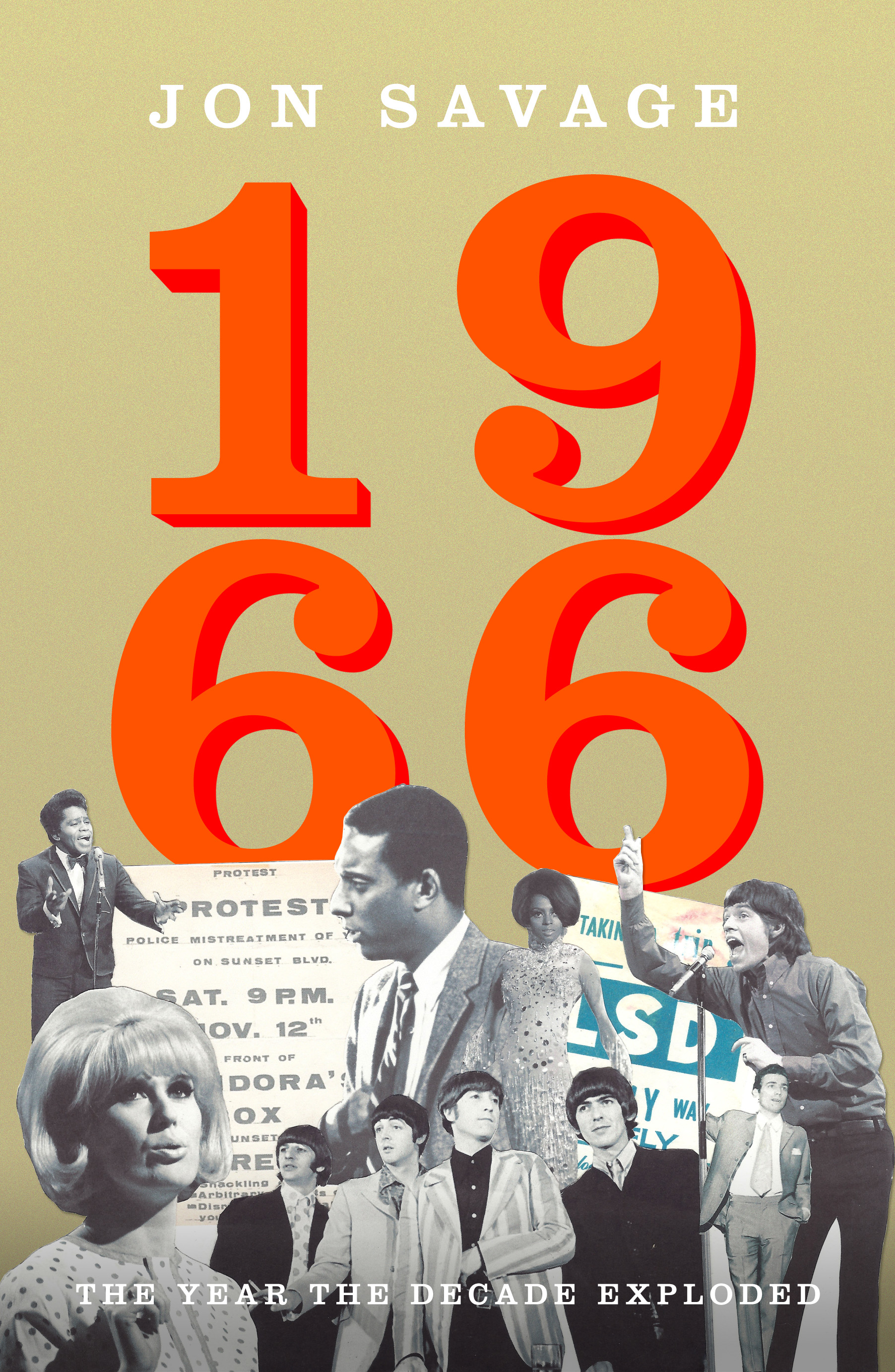Back in the spring of 1986, I remember being excited whenever I heard a Beatles song on the radio, especially if it was one of my favorites like “Rain”. (The song in fact does show up on one of my ‘radio tapes’ from summer of the previous year.) Back then, the idea of a song being twenty years old felt like a lifetime ago, its release five years before I’d been born. When you’re growing up, songs like that just seem so…distant.
Here in 2023, the music of twenty years previous was the music I listened to in the basement of my family’s house while I wrote The Persistence of Memories, what made the mixtapes I’d play on my commute to and from the candle warehouse, what cds I’d buy at Newbury Comics in downtown Amherst. This is music that still shows up on my playlists, like Sleeping with Ghosts and Hail to the Thief and Absolution and The Matrix Reloaded.
I think about this a lot, now that I’m older and especially now that the history of rock music has expanded and evolved since its early days in the late 50s (at least when it was starting to be called that, at any rate). I read a lot of music histories and biographies these days and this sort of things slides into the consciousness of my mind.
The fact that I was around and paying attention when so much popular music history was made, from the late 70s onwards. That when I started paying attention to what was being played on the radio as a preteen, FM had finally sprinted past AM as the most popular radio band (around 1978), music videos became more than just a rare specialized form of promotion (late 1981), and so many of its players and originators were still around, still clubbing and still releasing music.
This doesn’t make me feel old, far from it. Quite the opposite. It makes me feel glad and lucky as hell that I’ve been around to witness as much of it as I have.
I’m sure I’ll have a lot more to say about this down the road, but for now I’m just going to say that this is partly why I’m still as much of an obsessive music nerd as I am. Not for fear of missing out, but because I’m utterly fascinated by so much of this history as it’s happening. New sounds, new productions, new imagery. As well as the circularity of styles; the resurgence of shoegaze, the evolution of electronic music, the new generations of punk, and everything in between.
I’m always looking forward to what’s coming next.

